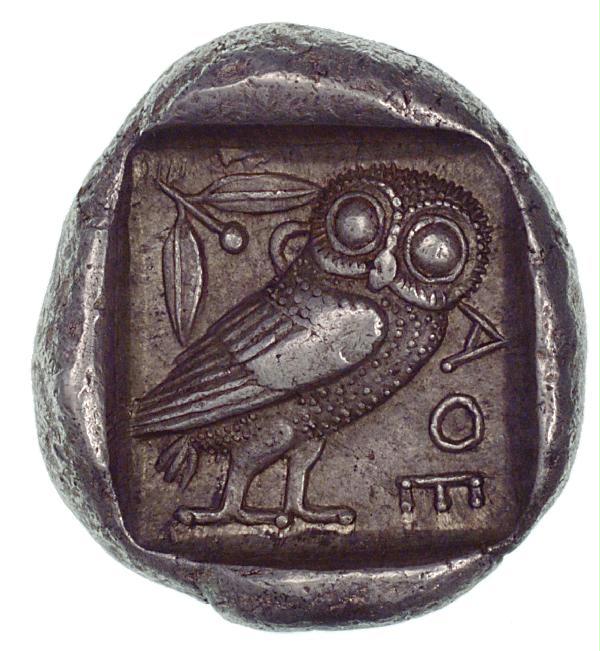I draw nearly every day using ballpoint pen. I have done so for over six years. I start every drawing the same way with a mark (or shape) and a rule for how to repeat it. A rule usually consists of specifying how different the second mark can be from the first. For example, Untitled (2016-12-001) [below] started with a red square somewhere in the middle of the paper. The rule for repetition was that the next mark had to be red, four sided, and touch the corners of the first, but its internal angles could change turning it into, say, a parallelogram. The pattern resulted in a wavy checkerboard.
As I make marks I try to rigorously adhere to the rules. Once this process is set in motion, I let go and see where it takes me. Of course each mark is a small yet conscious decision, but I work quickly enough that it does not feel that way. In fact I feel like I don’t know what I’m doing. I am like two people when I draw. The other is an observer who watches a creator who looks like he knows what he is doing and where he is going.If a drawing seems to stall under the weight of too much homogeneity I will re-calibrate the rule, loosening it to allow for greater diversity. If there is not enough tension, a second system will be introduced consisting of a new mark and rule combination. In the aforementioned drawing I introduced a second mark that was a blue four sided shape that had to fully touch all of the red marks around it, e.g. it filled in the white areas of the red checkerboard wherever it extended to. However, when they reached the edge where the red marks ended, they could extend beyond the boundary in the same way the red marks had colonized a region.Sometimes the second system is one of opposition and sometimes one of compatibility, but the goal is for the systems to complement each other for the greater good of the whole. There is no limit to the number of systems that I would introduce, but the more systems, the more difficult it is to resolve a piece.I currently use red and blue ink to explore the way color interacts, but only two colors in order to limit the outcomes and isolate the connection between cause and effect. I work like a scientist because I was trained to think logically from a young age, and because I studied physics for fifteen years. I think of these works as mini physics calculations or simulations. Like building my own universe from scratch, or as we say in physics from first principles. The development of each drawing mimics the process of growth with a built-in mechanism for mutation – the inability of my hand or my mind not to make a mistake. In fact I’ve come to see mistakes as acts of creation.
Christopher Arabadjis's work will be on view during my talk this Sunday at the WAH Center. To learn more about the event, please click HERE.




























No comments:
Post a Comment